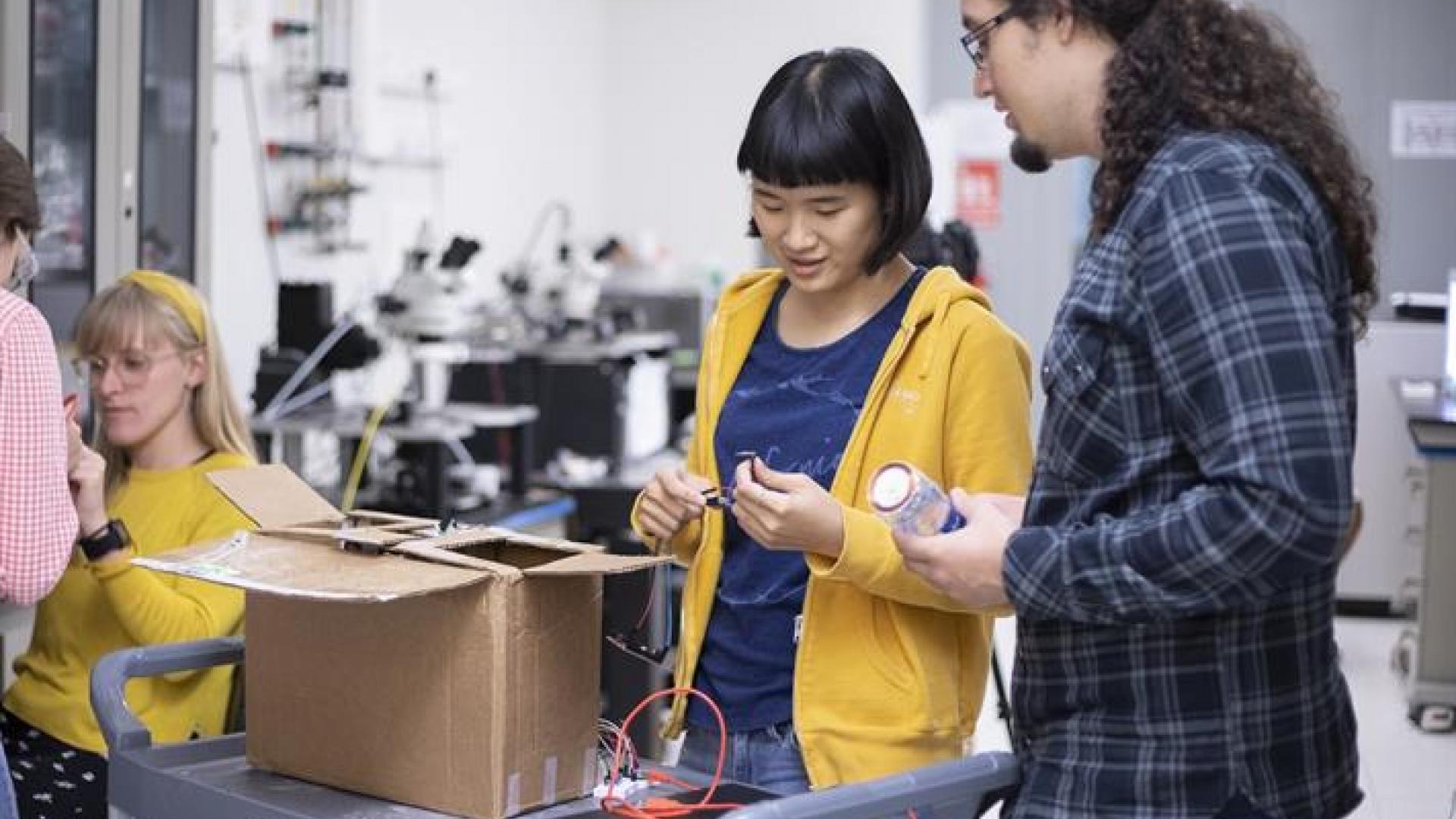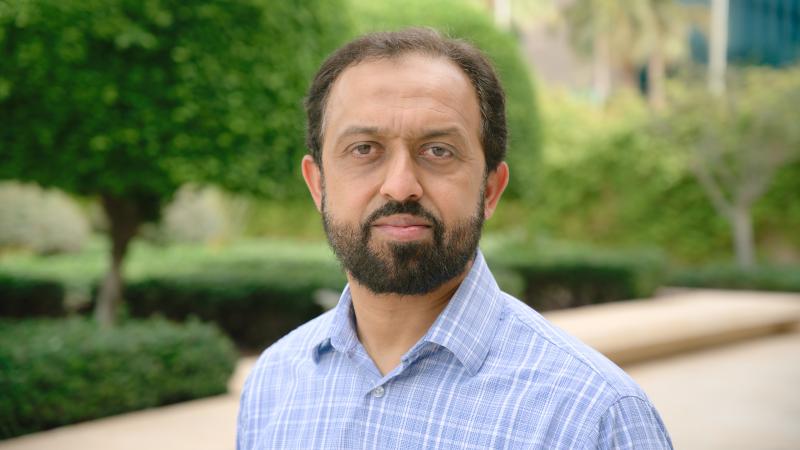By Tanya Petersen, KAUST News
"You would not believe how many amazingly talented people there are in the world, but they often are just not exposed to opportunities," noted Muhammad Mustafa Hussain, KAUST professor of electrical engineering and currently a visiting professor at the University of California, Berkeley. He is determined to try and change this—one step at a time.
Hailing from Bangladesh, Hussain completed a master's degree at the University of Southern California and then another master's degree and his Ph.D. at The University of Texas at Austin before moving into the private sector. His research interests include accessible electronic technology for everyone. He has conceptualized and demonstrated many of the world's firsts in the general area of nanoelectronics and advanced technology for flexible and stretchable complementary metal-oxide-semiconductor (or CMOS) electronic systems.

Research at KAUST
In 2009, he became a KAUST founding faculty member, focusing his work on two key aims. The first was to build electronics for applications that don't exist today or that are simply not possible; and to take these applications to people who don't have access to them for various reasons—perhaps their cost, their complexity or their accessibility. The second was to democratize electronics to empower humanity.
Within Hussain's first aim, he concentrates on electronics in areas where they are not currently broadly used, because, he explained, existing infrastructures are bulky, expensive and complex. His team takes these electronics and tries to make them physically flexible, stretchable and reconfigurable, attempting to minimize the cost and make them easy to understand, simple to deploy and convenient to use.
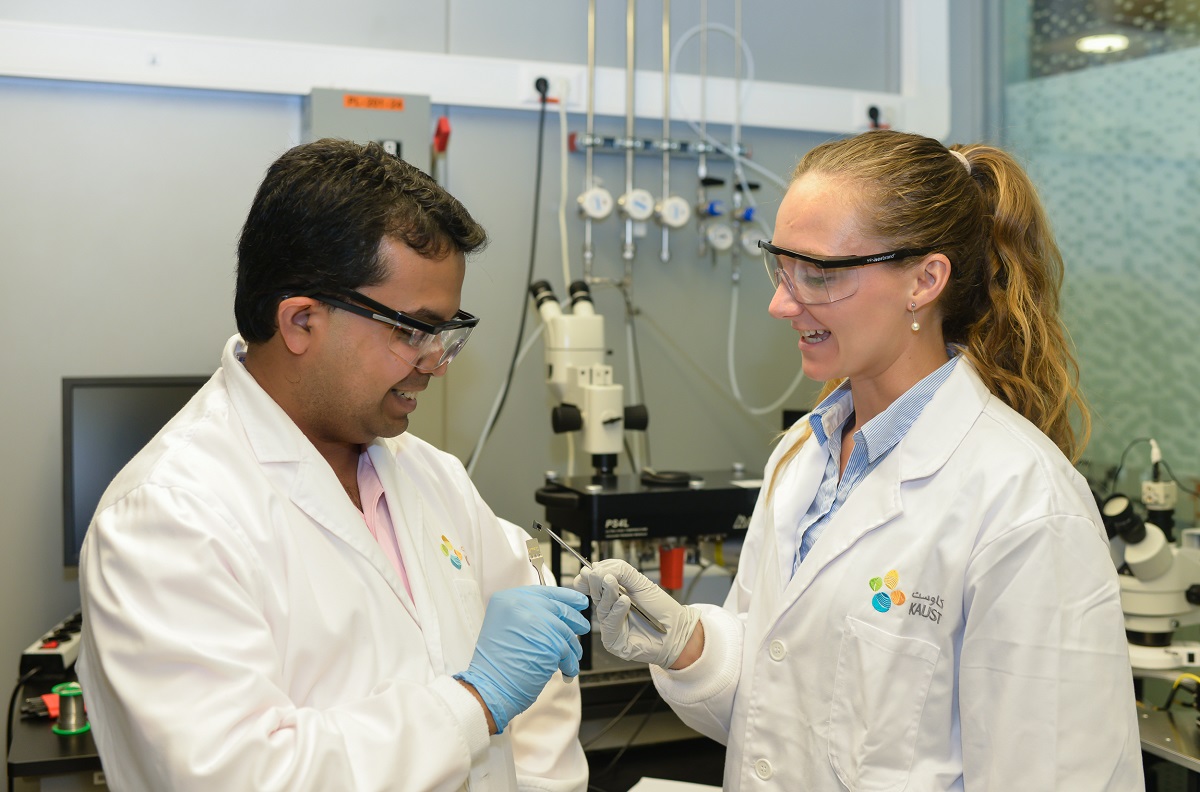
One recent breakthrough was a low-cost, wearable stethoscope made with recyclable materials that generate signals if a child is wheezing or coughing. It takes a minimalist and pragmatic design approach.
"This is not going to replace existing professional stethoscopes, but it can actually collect information to understand when wheezing starts, how long it continues and how intense it is," Hussain said.
Democratizing electronics
Working towards his vision of democratizing electronics, a few years ago, Hussain started teaching a course at KAUST, deciding to apply a new methodology in which he asked students to follow seven steps—somewhat resembling workplace project management—in order to come up with electronics solutions to everyday problems.
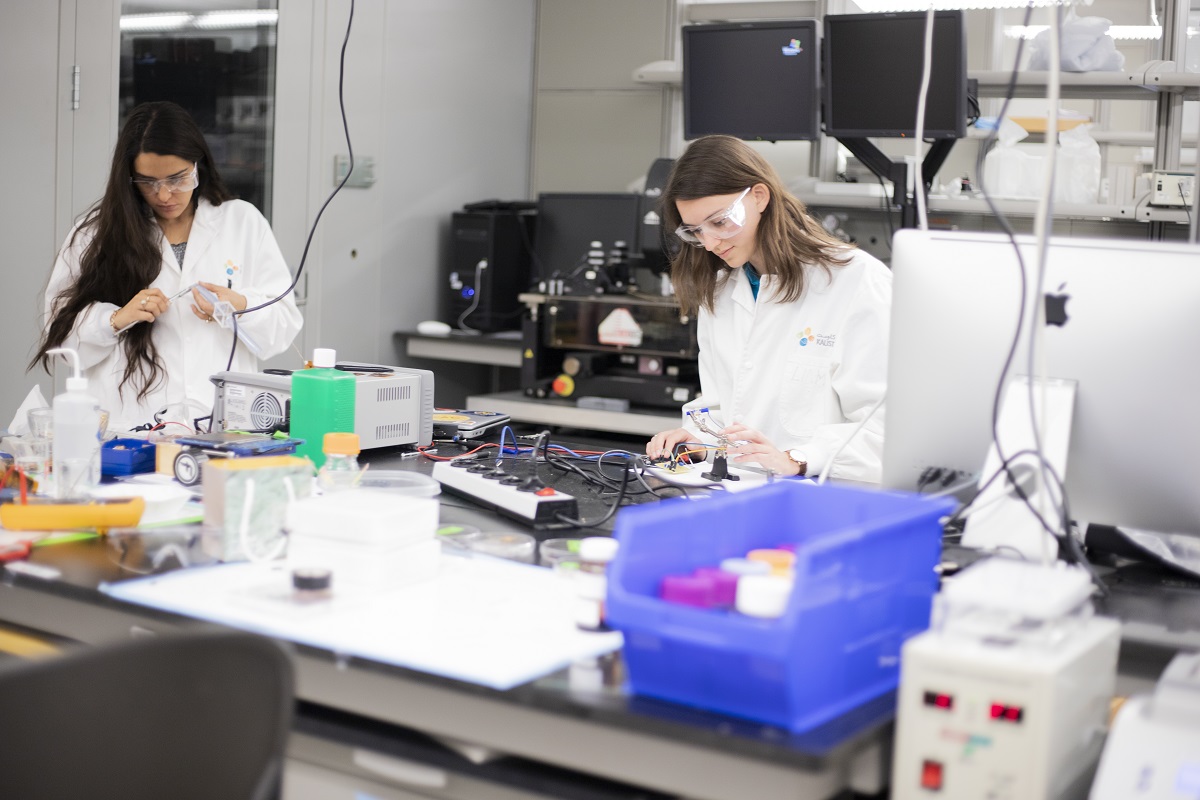
"First, we build a team, then we do a lot of brainstorming to understand and define interesting challenges that we need to address," Hussain said. "We do a survey as to what is happening, why it's happening and what solutions exist today. Then we look at the pros and cons of each of these and, within the skills that we have and the resources available, including time, we 'ideate.' We go through the development process, we test our solution out, we reach out to the folks who are not involved in the project to get feedback from them and then optimize it."
One group of students made a medicinal organizer. Last year, participants came up with a design for the same organizer for patients who have neurological disorders and for the elderly, who may fall. If there is a fall, a small, low-cost, simple device sends a message to caregivers that an incident has taken place.
A unique winter camp
This success of this approach led Hussain to develop more specific workshops using the same methodology. In February 2019—along with Electrical Engineering colleagues Professors Jurgen Kosel, Atif Shamim and Xiaohang Li—he organized the "Microelectronics Winter Camp 2019."
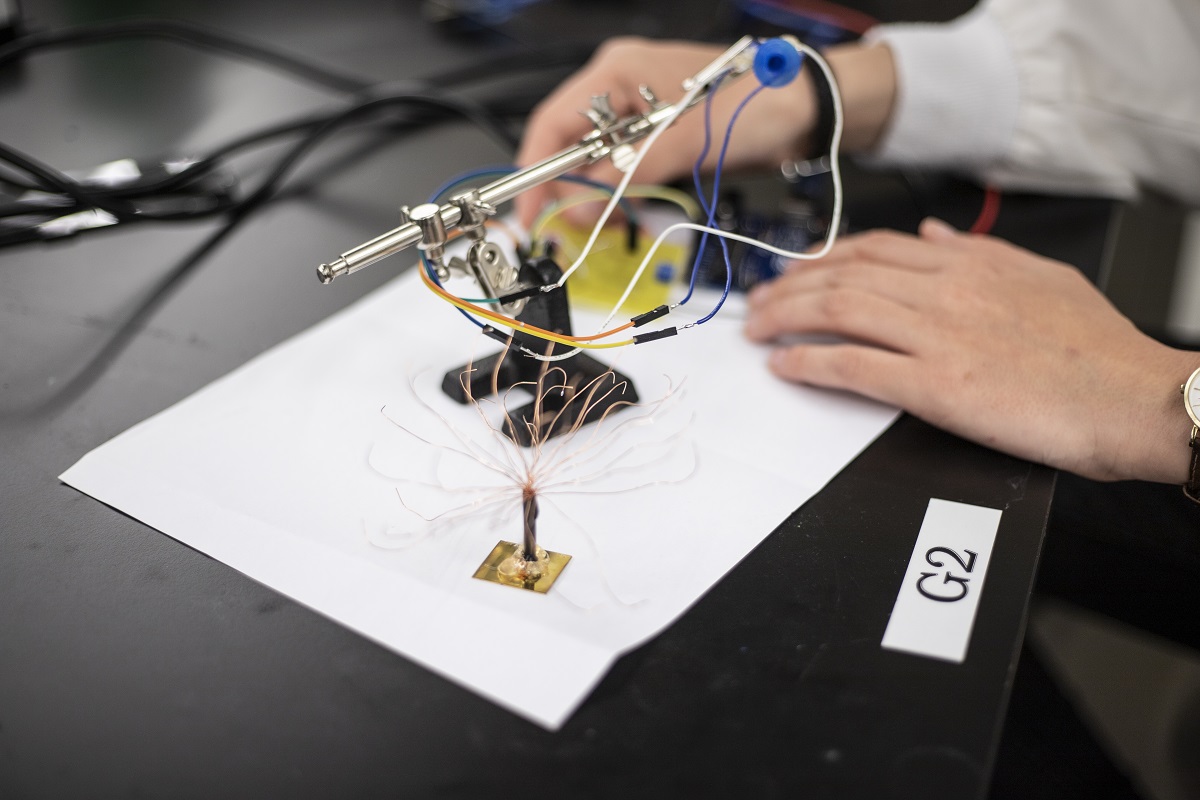
Fifteen students from 12 countries participated in the month-long workshop, with students mentored by Hussain demonstrating an automated single recycle bin. The bin is able to differentiate among different recyclable materials, putting them into assigned portions of the bin's inside, greatly reducing the burden of complex recycling processes.
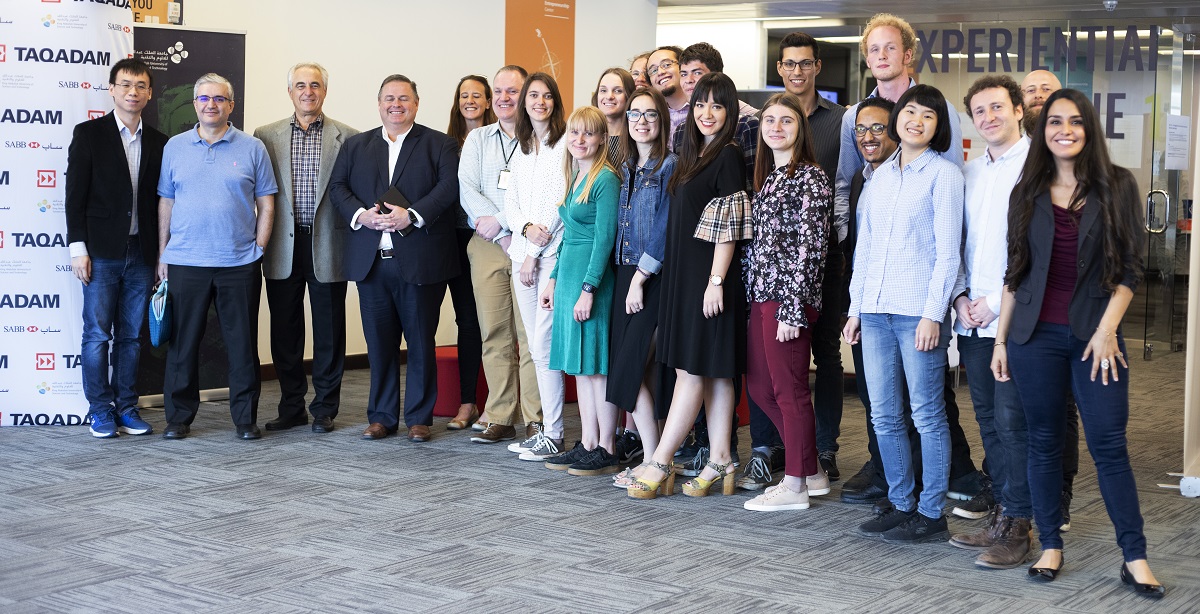
Brazilian participant João Pedro Tiol noted, "Especially remarkable was the entrepreneurial aspect, where we learned that entrepreneurship is a skill that can be exercised and that new ideas can be found and developed through a systematic methodology...[W]e were encouraged to come up with our own idea and develop it from scratch. Although the time was very short, we felt confident and capable of doing so."
Read the full article
